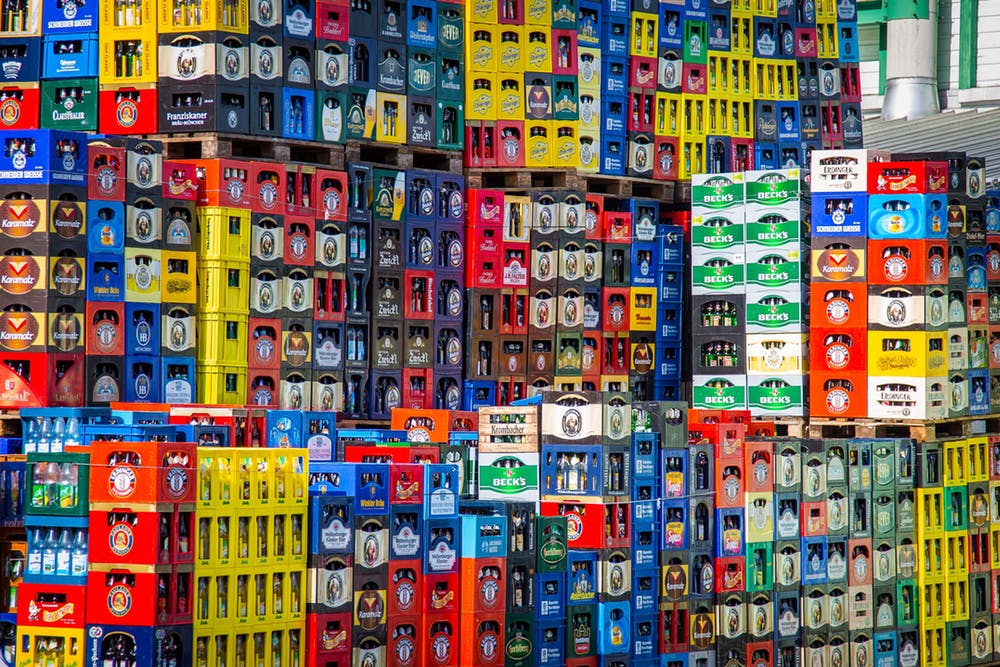
Things to Remember in the Food and Beverage Supply Chain
- By : Albert Hunt
- Category : Blog, General

The packaging and transport of food products is one that needs to be carefully thought out and the same can be said when dealing with juice logistics. The final goal of making a product is that your customer enjoys what they are eating or drinking and that they come back to buy the product again. There are multiple factors that can affect the quality of the product, one of these being how it is moved from where it is made to where it is sold. If this takes too long the product may spoil as the conditions in which it is being transported may not be optimal. With more fragile products, they may be damaged and not fit for resell, this is considered while planning juice logistics too.
Such is the world we live in; consumers and retailers of food products expect to be able to trace a product from where it has been produced right through the supply chain to the customers mouth. They want to know what ingredients were used, where it was produced, what company transported it and who produced the packaging. Companies now have a responsibility to provide this information to their customers. Juice logistics is no different as each step of its journey to the shopper’s trolley will be audited and actively monitored too. These audits allow for the supply chain to keep working effectively and efficiently while if something does go wrong, the source of the problem is found quickly. Most systems are automated and can capture and store data much quicker than manual or paper-based systems.
For supply chain management systems to continue to grow, keeping up with what other companies are developing, they need investment. Regular updates and tweaks to outdated processes are needed, which can be costly to the business in the short term but help them get ahead in the long run. Boosting the processes related to juice logistics for a company that sells these products can boost sales while also aiding the company in developing best practice with regards customer service and employee productivity.

Data that is captured can help make adjustments to transport processes too. Investing time and money in analysing the quickest and safest routes can be done, which will reduce the time products stay in transit. While variables such as temperature can be looked at to ensure the juice logistics process is working as it should be and delivering a product that remains the same from point A to point B.
This investment in juice logistics and processes will allow the company and its employees to become more flexible and adapt to the changing needs in the marketplace. What customers want and need changes rapidly and for these needs to be met, a food or beverage company must be able to react almost instantly. Errors need to be reduced, and can be, with regular auditing and upgrades. Feedback should be given to employee’s too, so the supply chain remains as efficient and cost effective as possible.
Finally, it is important that everyone involved in the food and beverage supply chain is educated about food and beverage policies. Just like the food industry, any juice logistics need to be regulated by agencies that work nationally so as to ensure health and safety standards are met. Training sessions as well as assessment of performance are key to ensuring standards stay high and get the most out of the supply chain. In the long run, this will make a food and beverage company increase sales and customer base while achieving the end result of becoming more profitable than their rivals.
No Comments